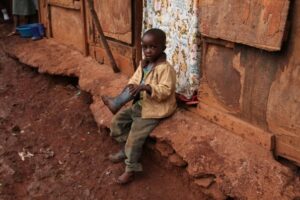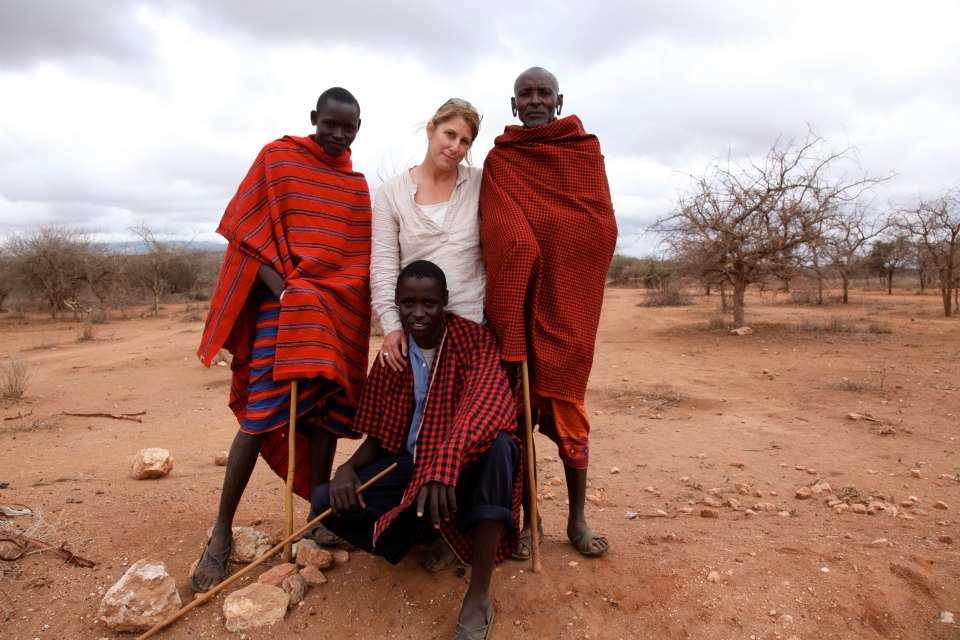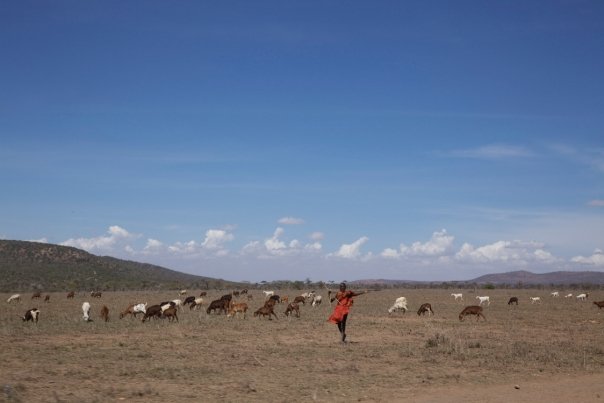Children should not have to go hungry
because of climate change.

After a decade we have boots on the ground. This project in Northern Kenya is using excess carbon in the atmosphere to make greener pastures. These pastures provide habitat and biodiversity. They also support healthier food and economic systems for those struggling with the ravages of drought and climate change.
By using rotational grazing practices to build soil carbon in Northern Kenya other systems are also restored and protected. Well managed this area can sequester 3 million tons of carbon dioxide into grassland soils.
Verified by Verra these Carbon Offsets are monitored in carbon tons and also achieve several sustainable development goals including increased education and economic support for women. This project will be implemented with several partners including NRT, The Nature Conservancy & Native Energy.
Help us achieve our goal to offset 5,000 homes by Christmas with Greener Pastures providing sustainable development. Photographs on this page by Daisy Carlson


Why Sustainable Development
Harnessing the carbon cycle to restore systems affordably.
Migratory style rotational grazing tones the soil and the resulting new growth sequesters significant amounts of carbon dioxide. Carbon-rich grasslands are more resilient to drought. Grasslands, in turn, provide crucial habitat that supports essential biodiversity. Local communities also thrive when the land they live on thrives. This improves economies and peoples access to health-care and education. It also reduces emigration pressure.
Carbon Cycle Numbers
It is necessary to reduce carbon dioxide (CO2) emissions to 80% below 1990 levels by 2050.
Additonal carbon storage capacity of soils.
65% of carbon dioxide (CO2) emissions come from fossil fuel.
Each percent of CO2 in the soil helps it hold 10% more water.
Information
Investors
S.A.F.E. Y - COMBINATOR FINANCE METHOD
Consumers
Verified Carbon credits $15 Ton.
Volunteers
Please share your skills so that Cool Hive can make the planet even cooler.